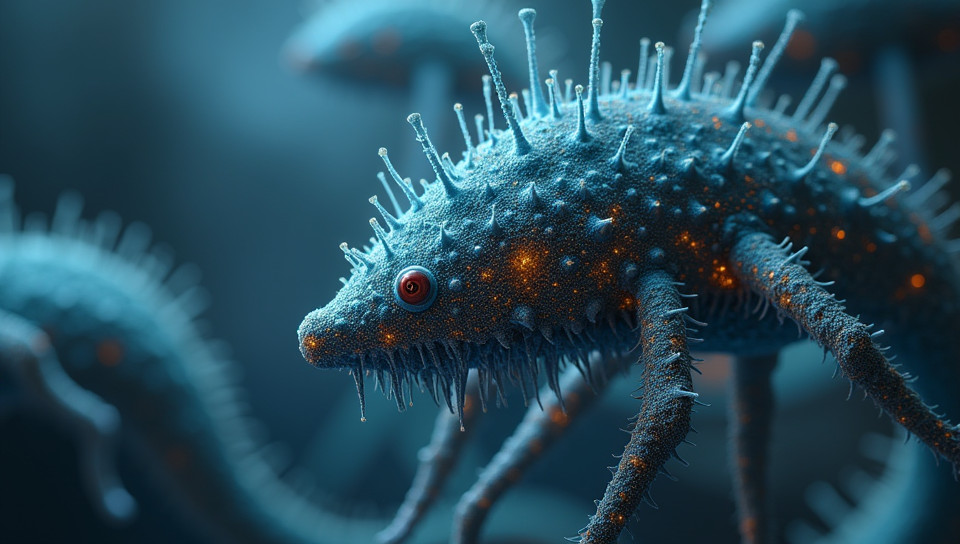Bioengineering techniques do not always ensure safe devices 90%

The Dark Side of Bioengineering: When Safety Takes a Backseat
As we continue to push the boundaries of innovation in bioengineering, it's essential to remember that even the most advanced techniques and technologies are not foolproof. In fact, relying solely on bioengineering methods can sometimes lead to unintended consequences, putting patients' lives at risk.
The Complexity of Bioengineering
Bioengineering combines principles from biology and engineering to create innovative solutions for various medical applications. From developing prosthetic limbs to designing implantable devices, the field has made tremendous progress in recent years. However, with great power comes great responsibility, and bioengineers must be aware of the potential risks associated with their creations.
The Limitations of Bioengineering Techniques
While bioengineering techniques can ensure that a device is technically sound, they may not always guarantee its safety. There are several reasons for this:
- Inadequate testing: Bioengineered devices often undergo rigorous laboratory testing, but real-world scenarios can be unpredictable.
- Complexity of the human body: The human body is a complex system, and bioengineered devices may interact with it in unforeseen ways.
- Limited understanding of biological systems: Despite significant advances in our understanding of biology, there is still much to be learned about how living organisms respond to external stimuli.
Case Studies: When Bioengineering Went Wrong
Several high-profile cases have highlighted the risks associated with relying solely on bioengineering techniques. For example:
- The development of vaginal mesh implants, which were designed to treat pelvic organ prolapse and stress urinary incontinence, but ended up causing severe complications for many patients.
- The use of metal-on-metal hip replacements, which were initially touted as a revolutionary solution for hip replacement surgery, but have since been linked to high rates of failure and toxicity.
Conclusion
Bioengineering techniques are not a guarantee of safety. While they can help develop innovative solutions, they must be complemented by rigorous testing, careful consideration of real-world scenarios, and a deep understanding of biological systems. As we continue to push the boundaries of bioengineering, it's essential that we prioritize patient safety above all else. By doing so, we can ensure that our creations truly make a positive impact on people's lives.
- Created by: Ezekiel Domingo
- Created at: Feb. 4, 2025, 11:55 a.m.
- ID: 19986






